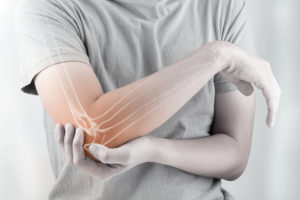
Since you were about 30, your bones have been slowly losing density and mass. Without dietary and lifestyle measures, you can lose a lot of bone and be at risk for conditions like osteopenia and osteoporosis.
The older you get, the more bone you will use. Intervention is the best way to maintain the bones you do have, so they remain strong and bountiful. This usually requires many measures, like getting adequate activity and consuming enough calcium and vitamin D.
Getting 1,000 mg of calcium per day is the first place to start. If you’re a woman over 50, bump that to 1,200 mg. Your body draws on calcium stored in bones to serve several functions, so making sure your supply is topped up can help prevent additional bone loss.
In addition to supplementation, good sources of calcium include dairy, almonds, cruciferous vegetables, salmon, and more.
Getting enough vitamin D is also essential to bone health. Without it, you can’t absorb all of the calcium you’re eating. Supplementing with 1,000 IU per day is safe and sustainable for most people, but talk to your doctor first.
Exercise is another major component of strong, healthy bones. Weight-bearing exercises like resistance training, walking, or jogging put stress on the bones to make them stronger and more resilient. Weight-bearing exercise can also strengthen the muscle around bones to offer additional protection.
These, of course, are not the only things you can do to strengthen bones. Eating a nutrient-dense diet and taking a moderate approach to alcohol consumption can also help ensure bone loss is limited.